We like to think animals only turn violent when cornered, but it’s not always that simple.

Sometimes it’s stress. Sometimes it’s captivity. Sometimes it’s just a case of wild instincts meeting human assumption. What’s important to remember is that no matter how domesticated or “tamed” we think these animals are, they’ll still wild at their core. Here are 13 animals that have turned on people, along with what likely pushed them over the edge.
1. Orcas in captivity

While wild orcas rarely harm humans, several in captivity have fatally attacked trainers. Tilikum, the orca at the centre of the documentary Blackfish, was involved in multiple deadly incidents, including the drowning of experienced trainer Dawn Brancheau in 2010.
The triggers? Likely stress, confinement, and decades without proper stimulation or social bonds. These are hyper-intelligent, emotionally complex animals that roam hundreds of miles in the wild. In tanks, their frustration festers, and eventually, it explodes.
2. Elephants during festival processions

In places like India and Sri Lanka, elephants are often used in religious festivals, parades, and tourism. However, every so often, one breaks rank—charging crowds, overturning vehicles, or trampling handlers in front of hundreds of people. The trigger is often sensory overload: heat, noise, confinement, and chronic mistreatment. Elephants don’t lash out without reason; they build resentment slowly—and when they snap, it’s sudden, powerful, and near impossible to stop.
3. Chimpanzees raised by humans
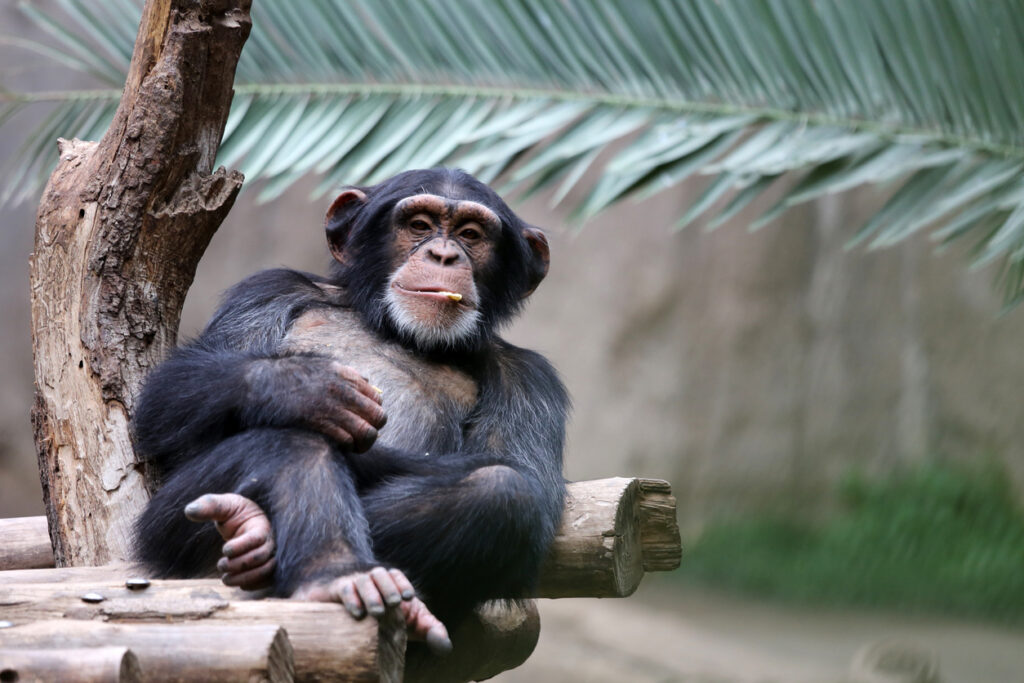
Chimpanzees are often raised in human homes when young, especially in the exotic pet trade. But as they mature, their strength and unpredictable emotions become dangerous. One of the most infamous examples is Travis, a pet chimp who attacked a woman in Connecticut in 2009, causing life-altering injuries.
The likely trigger was confusion and frustration—he’d been taken from his own kind, raised as a human, and then asked to exist in a space that neither supported his instincts nor met his needs. When those instincts resurfaced, the damage was devastating.
4. Tigers used in circuses or selfies
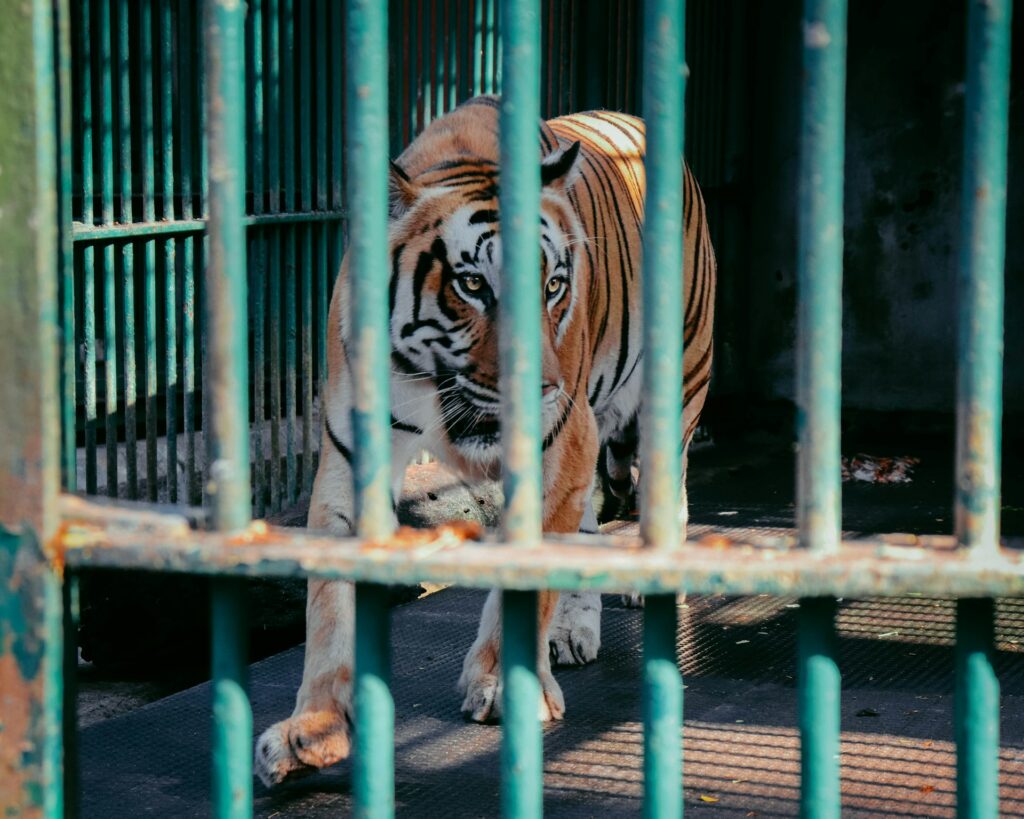
There have been numerous cases of tigers attacking trainers or tourists during performances, photoshoots, or training sessions. These animals are often kept in small enclosures, drugged, or deprived of proper stimulation, which makes them both unpredictable and volatile.
The trigger is often overstimulation or stress—flashes, noise, unfamiliar people. Tigers are apex predators, not props. It only takes a second for instinct to override years of training. And when that happens, people pay the price for treating wildness like a stage act.
5. Dogs with a history of neglect or poor breeding
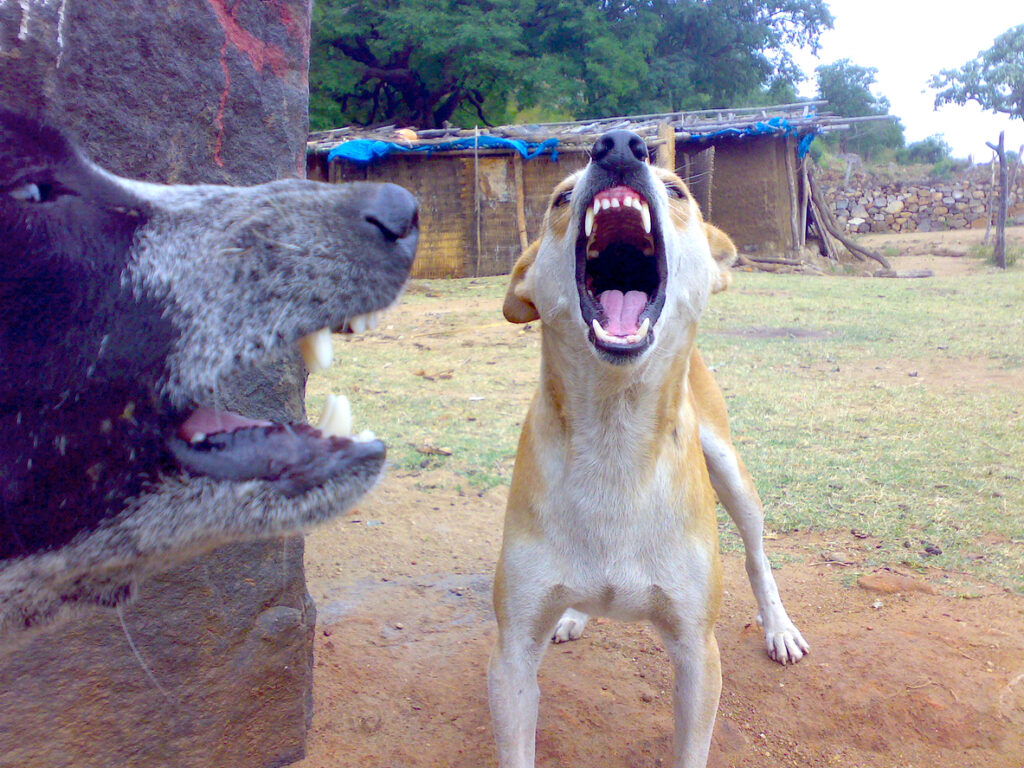
Most dogs are loyal and gentle, but when aggressive behaviour shows up, it’s usually linked to trauma, poor training, or genetic issues related to backyard breeding. Some attacks happen seemingly out of nowhere, but the warning signs were always there.
The trigger? Often boundary violations, lack of socialisation, or a perceived threat. Dogs don’t turn “evil”—they react to environments they were never properly taught to navigate. In many cases, the real fault lies with the human who shaped that environment.
6. Captive lions raised as ‘pets’
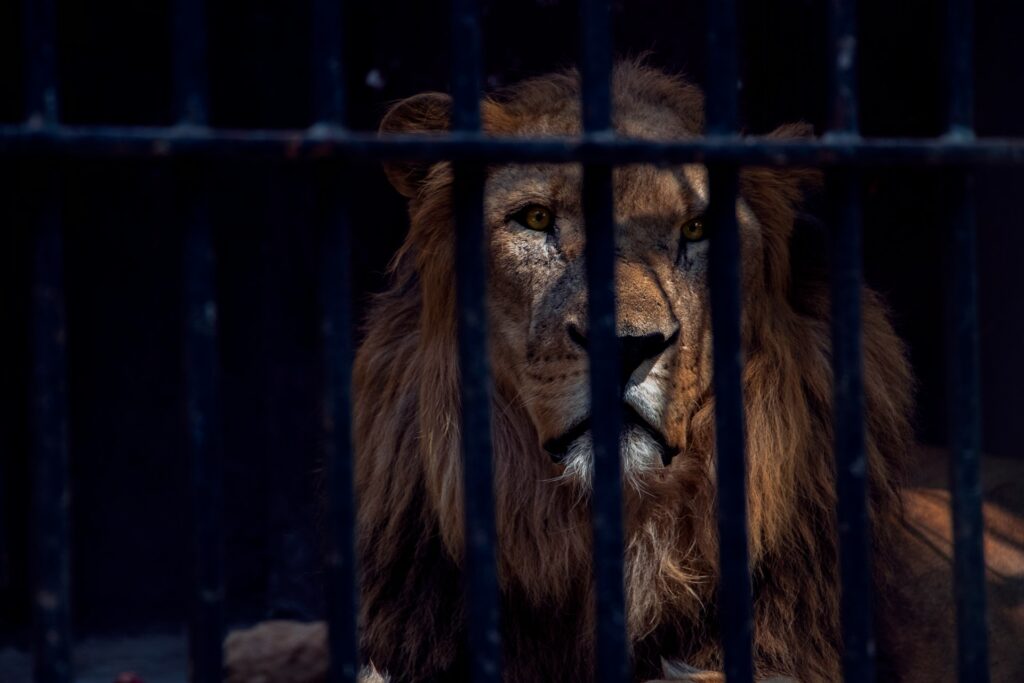
Lions kept in private zoos or as pets are often seen on social media, cuddling with humans who raised them from cubs. But when these animals mature, their instincts don’t vanish. There have been multiple cases where “friendly” lions suddenly attacked their owners or handlers without warning.
The trigger is often blurred boundaries. These lions weren’t raised to understand the difference between affection and dominance, play and aggression. One misread signal, like a hug that felt like a challenge, and instinct does the rest.
7. Horses reacting to fear or discomfort
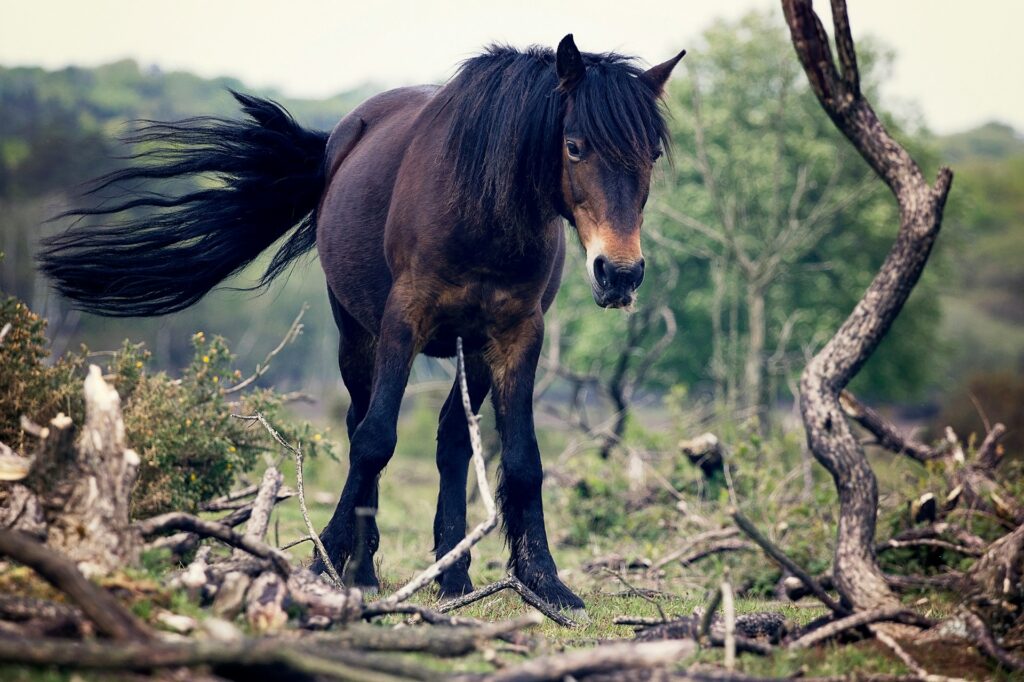
Horses rarely “turn” in the violent sense, but they can become dangerous fast when stressed, frightened, or mishandled. Riders have been thrown, trampled, or kicked in what looked like out-of-character moments but were really responses to pain or fear.
The triggers include poorly fitted tack, loud environments, unfamiliar people, or being pushed too far. Horses are flight animals. If they can’t run, they react. And their size means even a panicked flinch can end badly for the human nearby.
8. Snakes handled carelessly in captivity
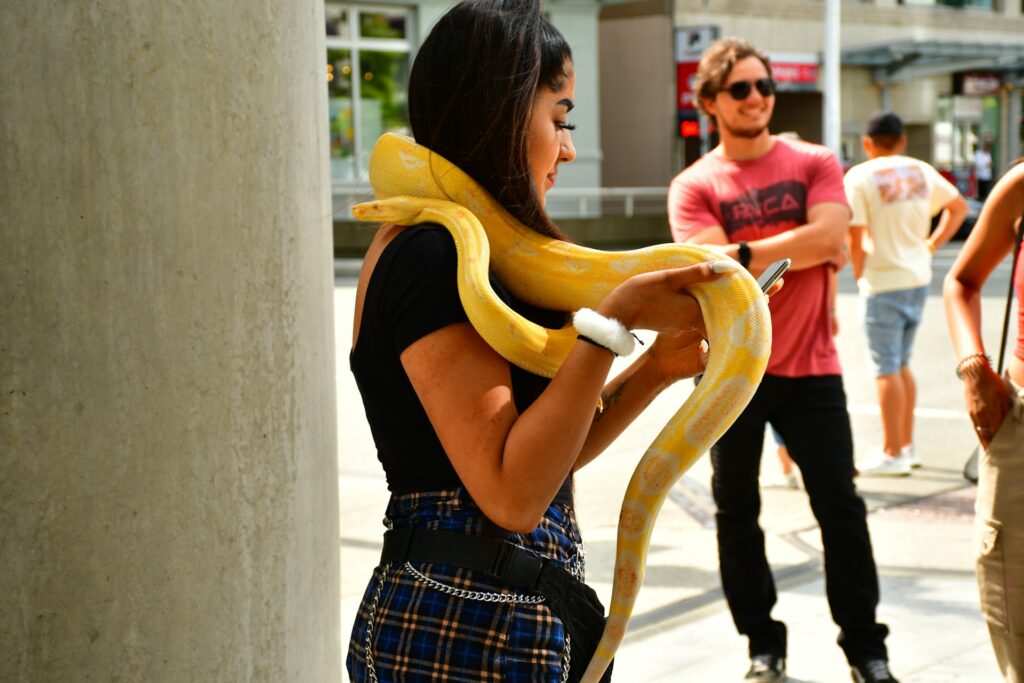
Exotic snake owners or show handlers sometimes end up in dangerous situations when a snake bites or constricts without warning. These aren’t “bad snakes”—they’re animals responding to threat, hunger, or confusion in environments they didn’t choose.
The triggers? Sudden movement, scent of prey, or poor handling. Large constrictors like pythons or boas don’t understand the limits of their strength, and once they start squeezing, there’s no off switch. Education, not ego, is the key to safety.
9. Wolves in hybrid or sanctuary settings
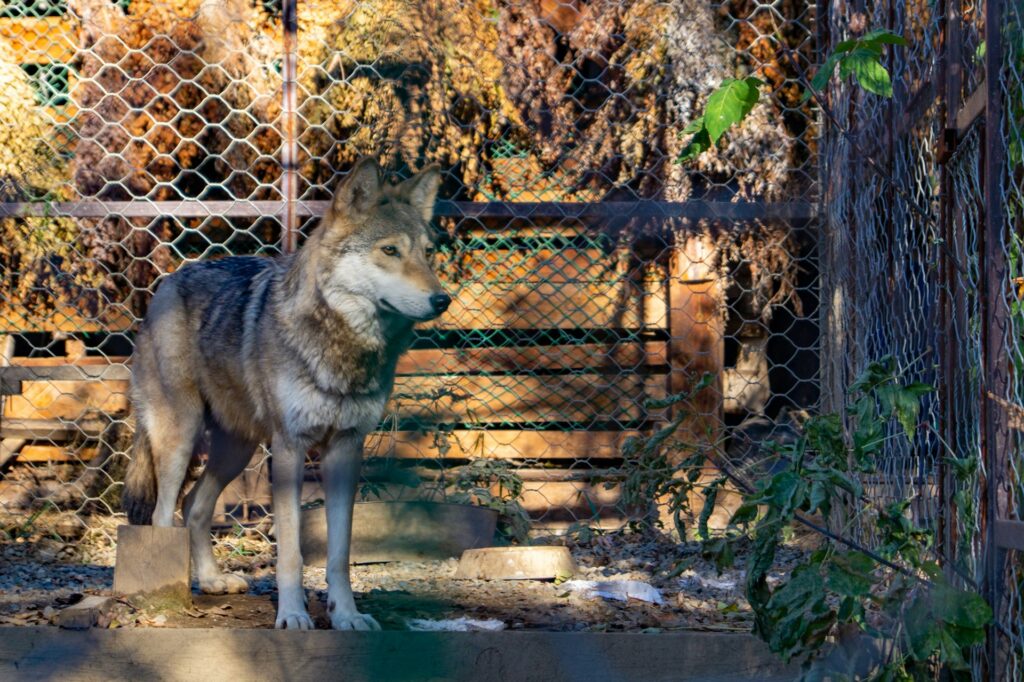
Wolf-dog hybrids have become increasingly popular, but they come with unpredictable behaviour. There have been cases of hybrids turning on owners, or wolves in poorly secured sanctuaries attacking staff during feeding or enclosure entry. The trigger is often a mix of stress, food guarding, and natural pack instincts that humans misread. Unlike dogs, wolves don’t live to please; they live to survive. When they feel that balance shift, they react with force.
10. Camels kept in harsh conditions
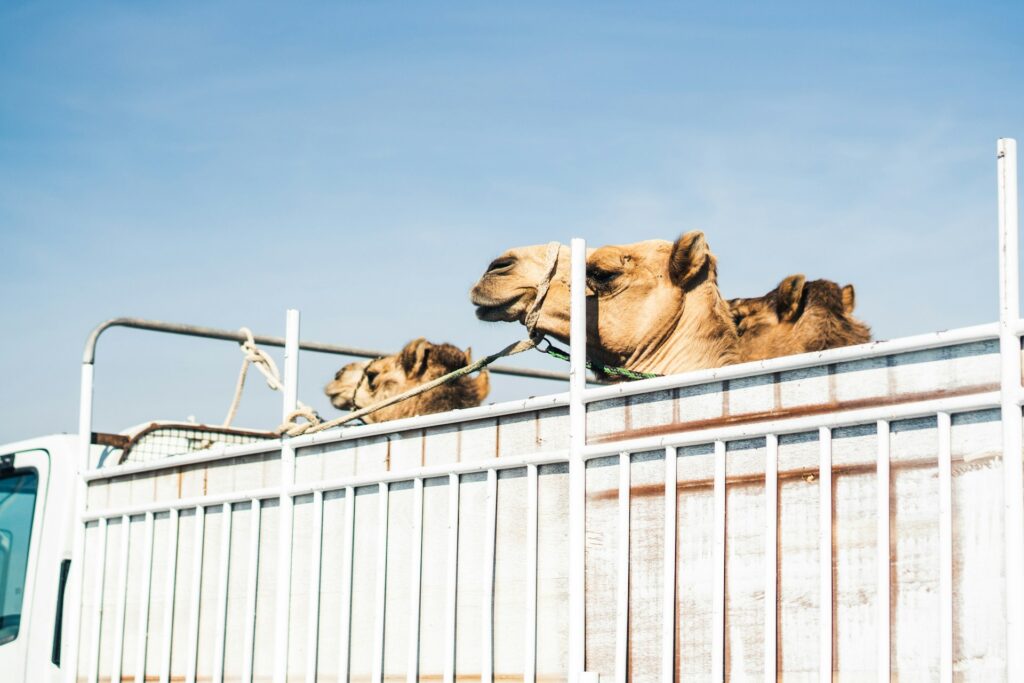
Camels are usually seen as docile, but they’ve been known to attack or even kill handlers when mistreated or agitated. In one case in India, a camel tied up all day in extreme heat lashed out, biting and trampling its owner to death. The trigger was likely prolonged distress—no shade, no water, no movement. Like many large animals, camels tend to tolerate discomfort until they reach a breaking point. When they do, they don’t hold back.
11. Raptors used in falconry displays
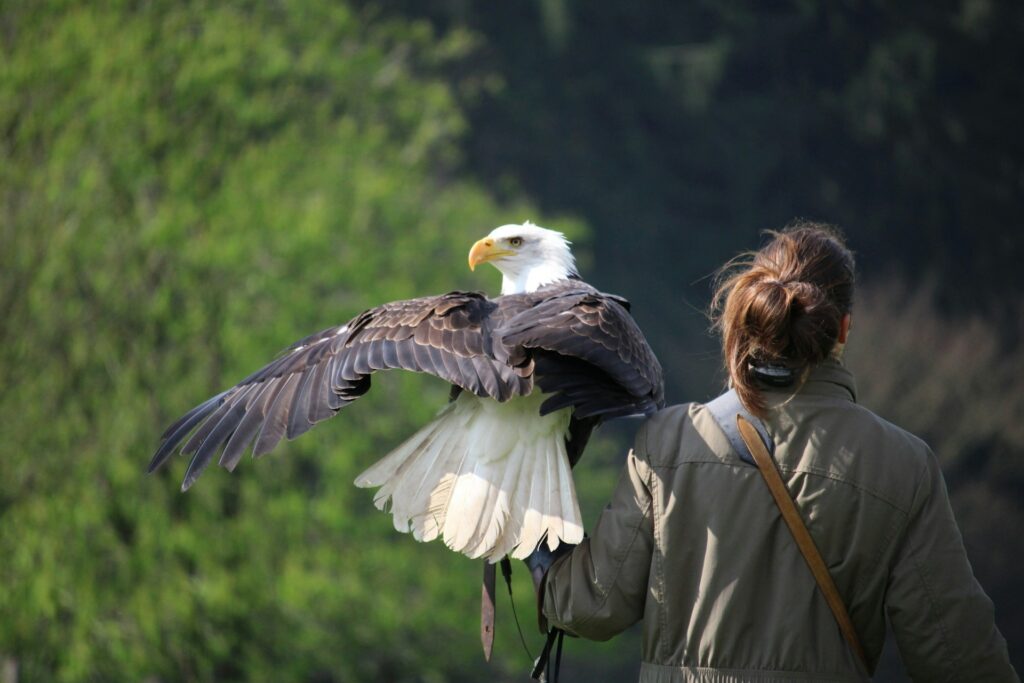
Birds of prey used in falconry or shows can become disoriented, frustrated, or defensive when handled by inexperienced trainers or exposed to unpredictable environments. There have been incidents of eagles or hawks swooping down on spectators or attacking handlers mid-demonstration.
The triggers are often subtle—crowd noise, sudden movement, or a lapse in trust between bird and handler. These are animals that respond to tiny shifts in body language. When that communication breaks, the claws don’t hesitate.
12. Dolphins in marine parks

Dolphins are widely seen as friendly and playful, but captivity changes them. There have been documented cases of dolphins injuring or attempting to drown trainers, often during or after performances. These aren’t isolated incidents; they’re warnings. The trigger is typically stress, boredom, or the long-term psychological toll of captivity. Dolphins are social, intelligent, and emotionally complex. Take away their freedom, and they don’t just get sad—they start to push back.
13. Bulls in bullfighting arenas
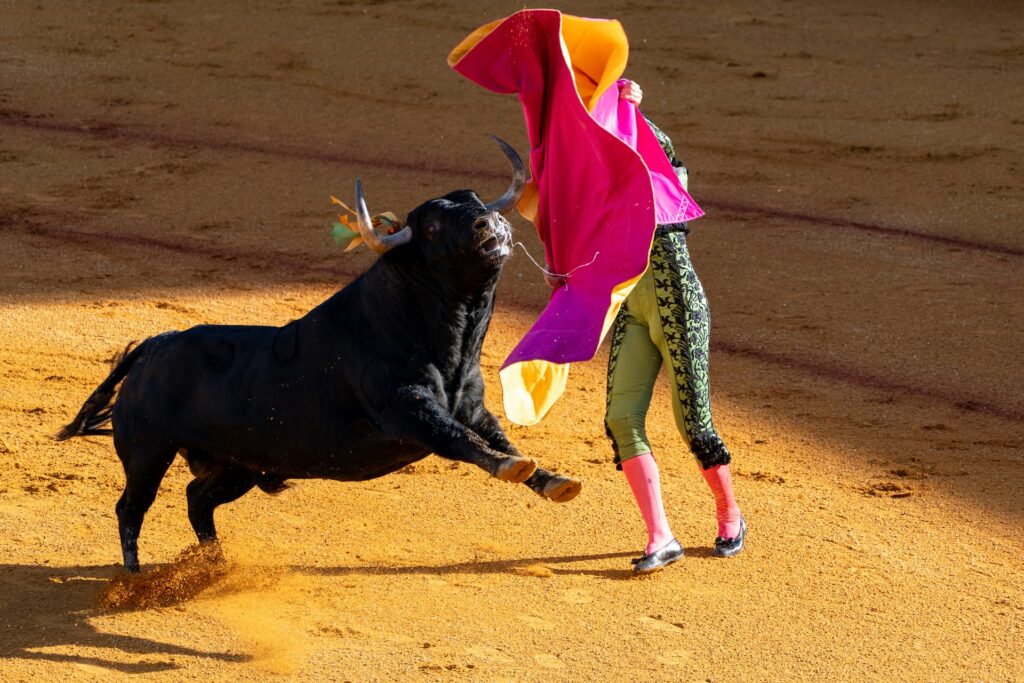
Bullfighting is often framed as tradition, but the violence is real, and the bulls sometimes fight back with force. There have been numerous incidents where bulls killed matadors, charged into the crowd, or refused to follow expected patterns in the ring.
The trigger is the entire experience. Loud crowds, repeated provocation, physical pain—it’s a cocktail of agitation that can lead to pure, directed rage. When a bull defies the script, the illusion of control vanishes fast.